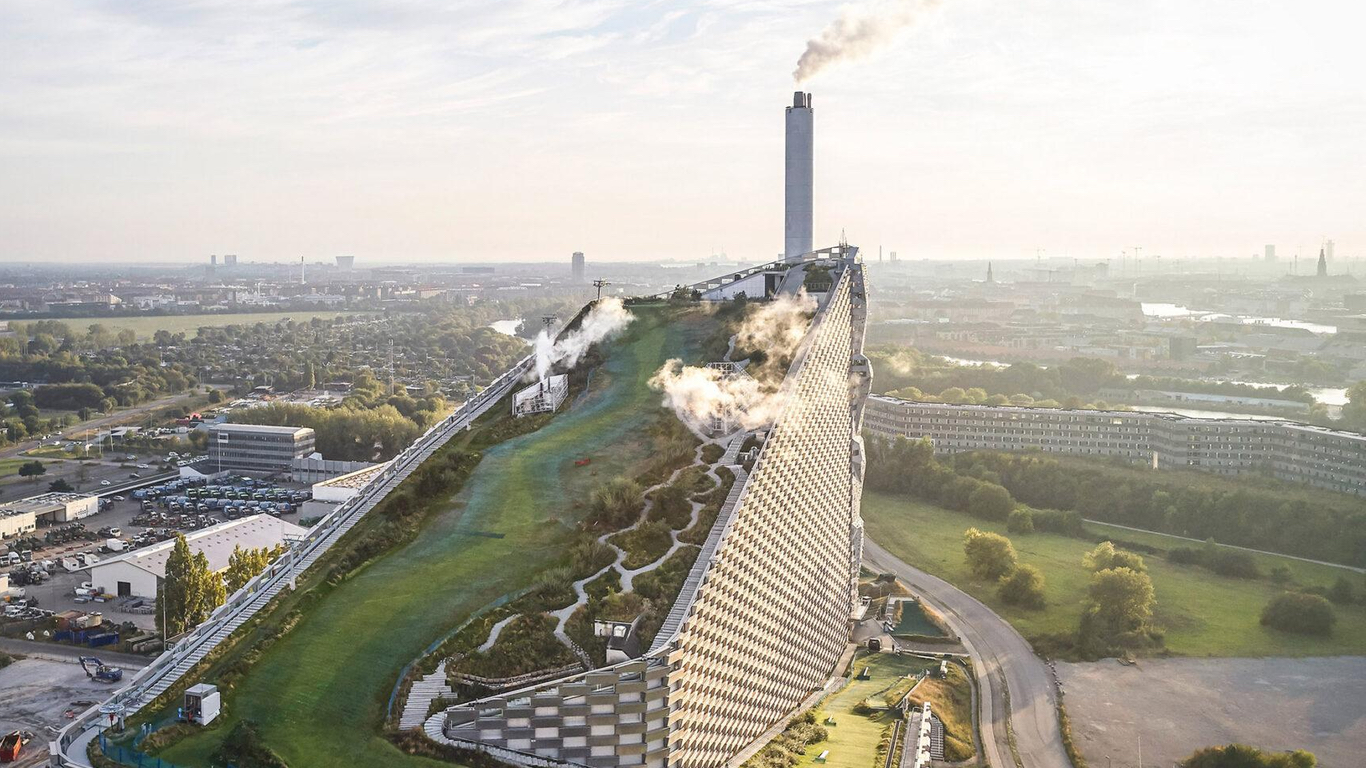
Bjarke Ingels (born October 2, 1974) is a Danish architect known for his bold, innovative, and sustainability-focused designs. He studied architecture at the Royal Danish Academy of Fine Arts and spent time at the Escola Tècnica Superior d’Arquitectura in Barcelona before graduating in 1999. Early in his career, he worked for Rem Koolhaas at OMA in Rotterdam, which helped shape his experimental and conceptual approach to architecture. In 2001, he co-founded the firm PLOT with Julien de Smedt, gaining international attention for imaginative projects. In 2005, he established his own firm, the Bjarke Ingels Group (BIG), which quickly rose to global prominence. Early projects like the VM Houses, Mountain Dwellings, and 8 House in Copenhagen showcased his distinctive blend of functionality, playful geometry, and community-oriented design.
As the head of BIG, Ingels has led projects that combine technology, ecology, and sculptural form, earning a reputation for what he calls “hedonistic sustainability”—design that is environmentally responsible while also enhancing quality of life. His notable works include VIA 57 West in New York, a tetrahedron-shaped residential building; CopenHill, a power plant with a rooftop ski slope in Copenhagen; and the master plan for Google’s headquarters in California. His firm has undertaken projects around the world, from museums and urban infrastructure to skyscrapers and floating cities. Ingels has received numerous awards and honors, including being named one of Time magazine’s 100 most influential people in 2016. He also frequently lectures and teaches, bringing his energetic, visionary approach to a global audience.
Select Projects:
Danish Maritime Museum, Denmark
VM Houses, Copenhagen
Mountain Dwellings, Copenhagen
Grove At Grand Bay, Coconut Grove Miami
CopenHill, Copenhagen
79&Park, Stockholm
Musee Atelier Audemars Piguet, Switzerland
More Reading:
Nobody Plays With Form As Well As Bjarke Ingels
Bjarke Ingels and The Art Of Greenwashing